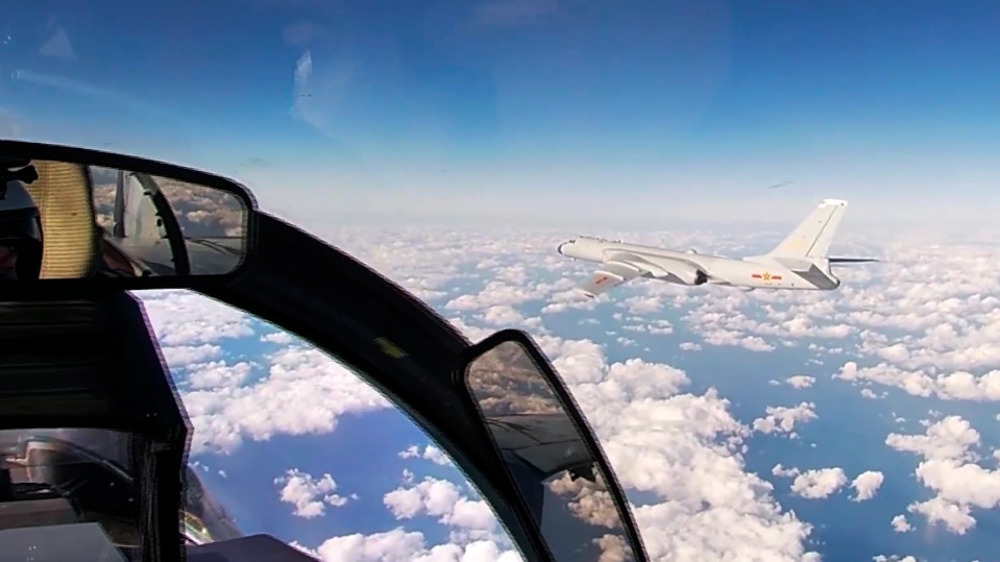After Chinese and Russian aircraft flew into South Korea’s air defense zone to the south and east of the Korean Peninsula, South Korea turned on its warplanes.
The incident comes after past clashes between US and Chinese military in the South China Sea and Taiwan Strait.
These conflicts, according to President Biden’s administration, are an illustration of how aggressive the Chinese military is becoming.

The content that follows examines the escalating hostilities in the Indo-Pacific region between major world powers.
In less than two weeks, there have been at least two instances of close encounters between Chinese and American ships and planes, including the Sunday incident in which a Chinese warship intercepted a US destroyer in the Taiwan Strait.
The event takes place at the same time as trilateral naval drills involving the US, Japanese, and Philippine coast guards in the South China Sea.
“The US provoked first, and the Chinese side responded by handling the incident in accordance with relevant laws and regulations,” stated Wang Wenbin, a spokeswoman for the Chinese Foreign Ministry.
The Chinese navy issues a warning to a Philippine ship, saying, “Since you have disregarded our warning, we will take all necessary measures against you.”
Both Beijing’s military operations in the area and encounters between Chinese and foreign ships, such those from the Philippines, have risen recently.
The US is also taking a tougher stance and expanding drills with regional partners.
Beijing views them as provocations, causing further confrontations that might quickly become violent.
According to Zuri Linetsky, a researcher with the Eurasia Group Foundation, “it’s part of a new and troubling norm, especially given the fact that there is limited communication between senior US and Chinese defense officials,” she told VOA. “
The White House asserts that it is not solely to blame and that it is attempting to contact Beijing.
Check more: Germany to host the biggest NATO exercise in the alliance’s history
